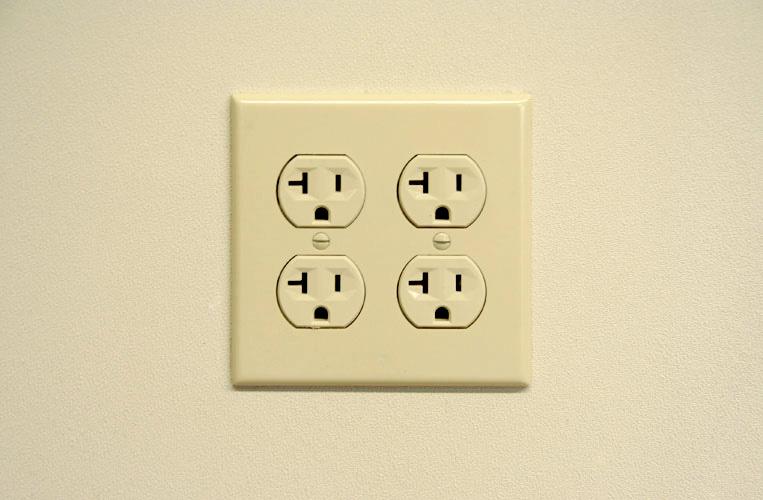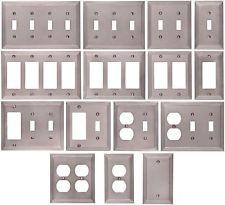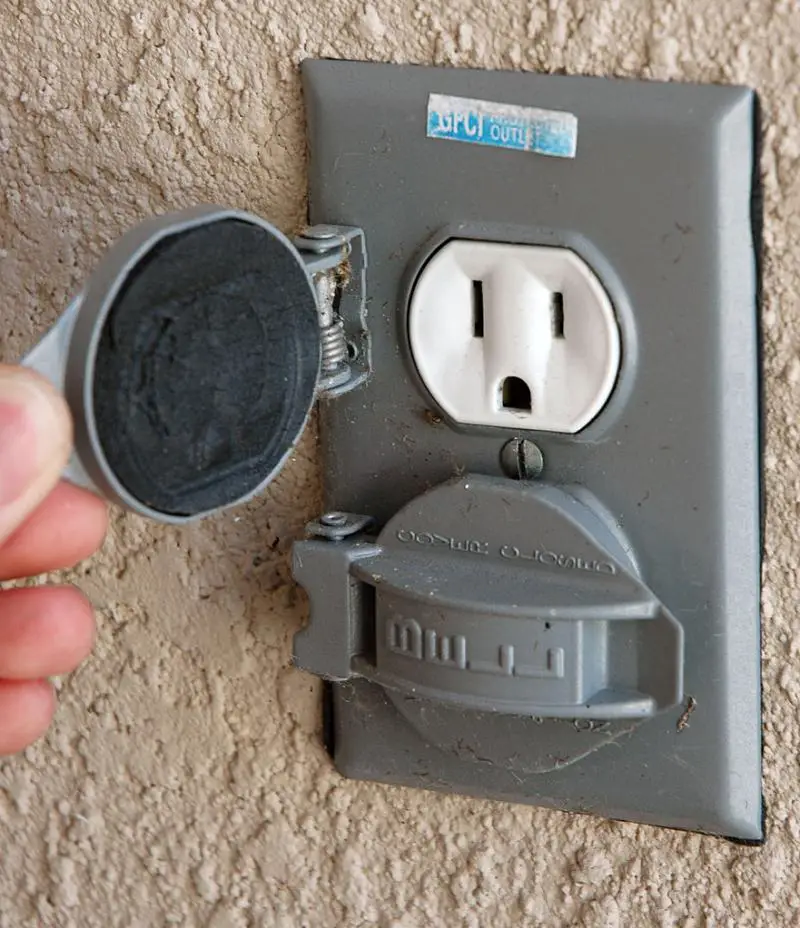Electric items involve some risk and we have to assess the risk and decide on a balance. As voltage increases the rick of electrocution increases and the risk of over heating and fire decreases and of course the climate also has an effect. In the UK we use a 55 - 0 - 55 volt system on building sites and the number of over heated leads found does point out the problems with 110 volts and with reduced low voltage also switches and sockets have to be larger. Coupled with the lower voltage also items like RCD's seem not to work as well.
To compare USA with Europe one has to consider all factors including history and USA has taken in general longer to become civilised than Europe we for example got rid of DC supplies in 1960's USA even in New York still had them in 2000 with some old buildings. They are have some odd earthing like the "hot wire" system where delta windings are on final of supply transformer.
Although we think of USA as being standard 110v system that's not the case and factories have quite a mixture of voltages there is no standard system. Many of the European electrical engineers went to USA in the early days as they did not have the same restrictive practices as Europe George Westinghouse, Thomas Edison and Nikola Tesla fought the war of currents in the USA we over here learnt from the mistakes they made.
We also have a grid switch system were modules are used to build up sockets, switches and fuses with plates but it is more expensive than the all in one single, double and triple switch or single or double socket so not used so much.
As with USA we also have some history and after the second world war we had during the war developed a system to allow fast re-building of houses and using a universal power outlet system requiring less copper and other resources which was the ring final and 13A socket modern building restrictions does mean the ring final no longer has the advantage is did have but as a whole the system is much better than either USA or rest of Europe all down to history.
Some are now moving to radial circuits as this allows using more RCBO's so faults in one area do no affect the supply to other areas but this is more expensive.
Lights again are down to history pre-war there was a different tariff for lights and power lights being cheaper and it was illegal to use lighting supply for power. How much this influenced the design I don't know but unlike USA who supplied switches and from the switch supplied the light we supplied the light then connected a switch to each light and the ceiling rose was a multi purpose unit holding the pendent and acting as a junction box and because it is a junction box ratted at 5A it has in the main resulted in our lighting circuits being limited to 5 or 6 amp.
Again history comes in where originally we would likely have just 4 fuses lights, sockets, immersion and cooker and as we started to fit fancy light fittings we started to exceed the 6A limit. It was common to then split the lights into two to get the extra power required which in turn lead to problems with shared neutrals which two way lighting circuits. Again history we started to use RCD's on all circuits and to keep prices down we used just 2 RCD's and we would both split sockets and lights and cross the split so if one failed every room would still have either lights or sockets working.
This system expected any standard or table lights to be plugged into the sockets so if a RCD trips it will not result in no lights in any room. Here our ceiling rose system helps as emergency lights can easy be fitted as there is permanent power at the rose.
However because of the shared neutral problem when RCD were fitted often the lights had to be returned to a single breaker however this was at the same time as we had an energy saving push so 50W spot lights were being replaced with 5W LED units and 60W bulbs with 11W CFL units so in the main the power required had dropped again to within the 6A limit.
It is of course not a perfect world and electricians were some times faced with either major rewiring because of shared neutrals or fitting 10A trips instead. Often not strictly following rules but it was a quick fix and reduced costs for the house holder.
Clearly history has taken it's toll with your house and for what ever reason the 6A standard MCB has been upped to 10A not ideal but some times no real option. What is clearly required is to reduce the lighting power required bit by bit until under 6A when the correct size MCB can be refitted. This means really fitting extra standard or table lamps to the existing lighting circuit is a bad idea. Also if RCD protected coming from the sockets would mean less chance of being plunged into darkness should a RCD trip.
Using the
grid switch system which you like from USA you can have sockets, fuses, and switches all on the same plate.
Not saying I like them but clearly can be got.








